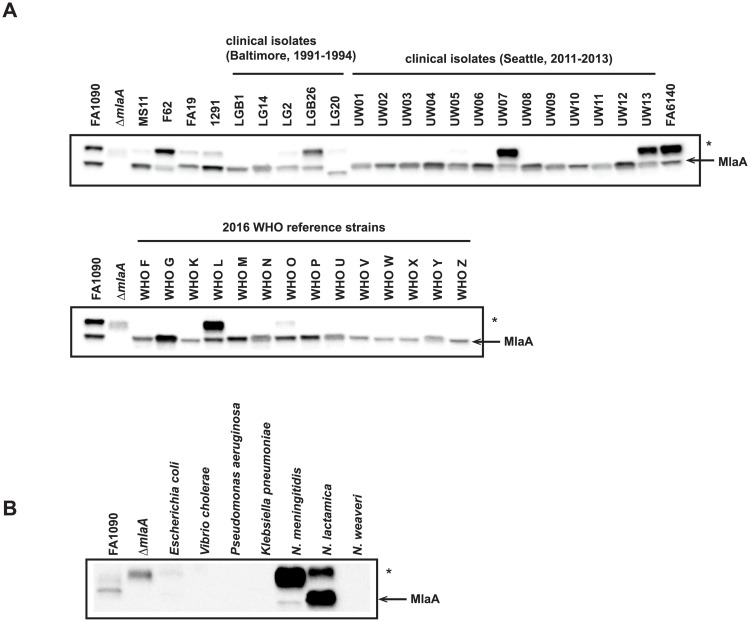Fig 4. Truncated, recombinant MlaA elicits broadly cross-reactive antisera that recognize MlaA in Neisseria species.
(A) 37 N. gonorrhoeae isolates, including common laboratory strains; clinical isolates collected in Baltimore between 1991 and 1994 and Seattle between 2011 and 2013; and the 2016 WHO reference strains were grown on solid media for 20 h at 37 °C in 5% CO2. Whole cell lysates were collected and subjected to immunoblotting analysis. (B) Whole cell lysates of different Gram-negative bacteria, including E. coli BL21(DE3); V. cholerae N19691; P. aeruginosa PA01; K. pneumoniae 6069; N. meningitidis MC58; the commensal bacterium N. lactamica NLI83/-01; and the opportunistic pathogen N. weaveri 1032 were subjected to immunoblot analysis. All lysates were standardized by OD600 values, separated in a 4–15% Tris-glycine gel, and probed with polyclonal rabbit antiserum against MlaA. FA1090 and ΔmlaA were included in blots as positive controls. Open arrow indicates MlaA. Non-specific cross-reactivity is marked with an asterisk (*). OD600, optical density at 600 nm; SDS-PAGE, sodium dodecyl sulfate-polyacrylamide gel electrophoresis.

